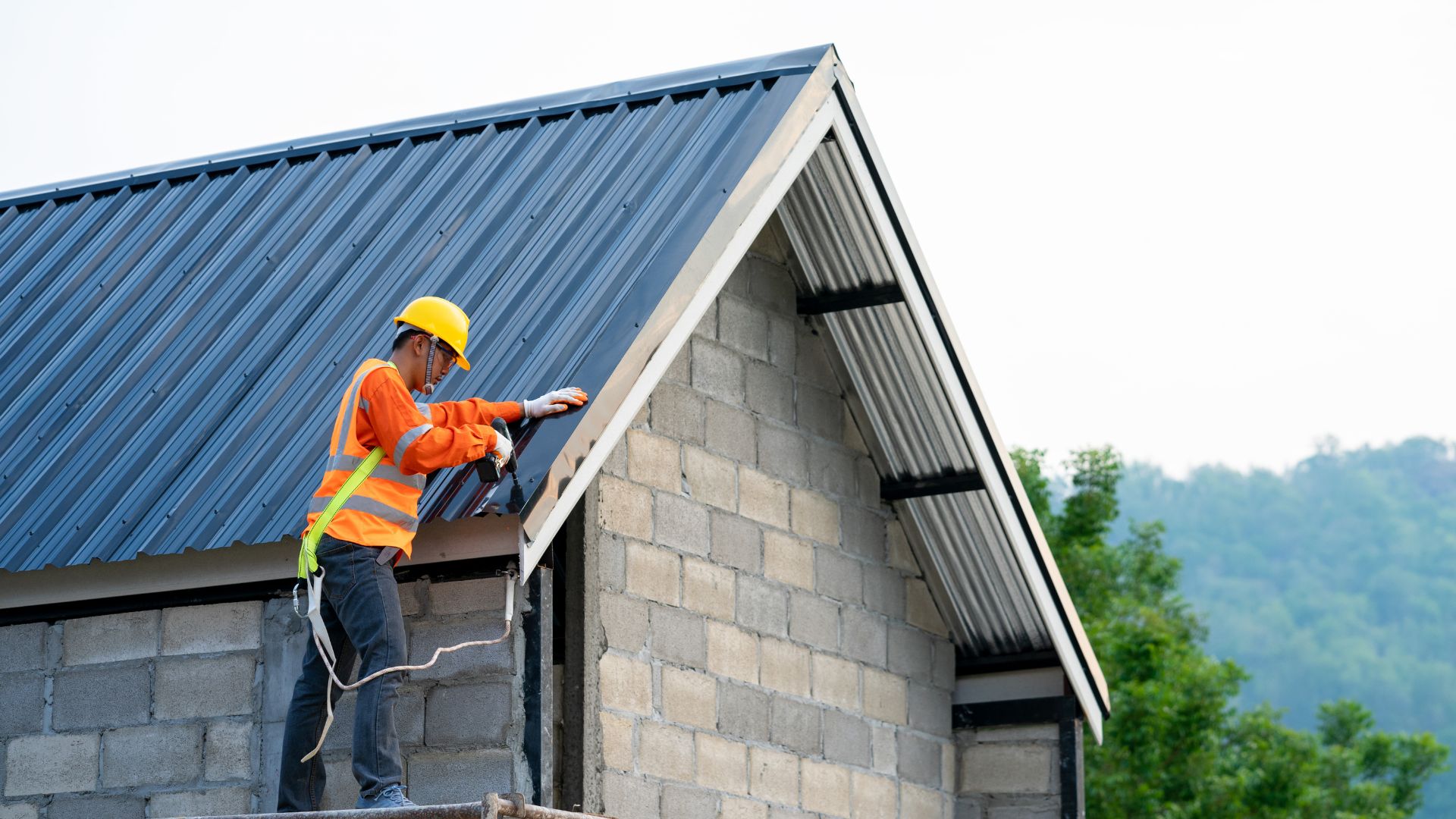Roofing Myths Debunked
Roofing is a critical aspect of home maintenance, yet it’s surrounded by numerous myths and misconceptions. Believing these myths can lead to poor decisions and unnecessary expenses. In this blog, we’ll debunk some of the most common roofing myths to help you make informed choices about your roof.
Myth 1: You Can Install New Shingles Over Old Ones
Truth: While it might seem like a time-saving and cost-effective solution, layering new shingles over old ones can cause more harm than good. This practice can:
- Hide Damage: Existing damage to the roof deck or underlayment may go unnoticed and worsen over time.
- Increase Weight: Adding an extra layer of shingles adds weight to the roof structure, potentially leading to structural issues.
- Shorten Lifespan: The new shingles may not adhere properly to the old ones, reducing their effectiveness and lifespan.
It’s generally best to remove old shingles before installing new ones to ensure a proper, long-lasting installation.
Myth 2: A Metal Roof Will Make Your Home Hotter
Truth: Contrary to popular belief, metal roofs can actually help keep your home cooler. Metal roofing materials are highly reflective and can reflect a significant amount of solar radiation, reducing heat absorption. Additionally, metal roofs can be coated with special reflective paints to enhance their cooling properties. Proper insulation and ventilation further improve energy efficiency, making metal roofs a smart choice for hot climates.
Myth 3: All Roofing Materials Are the Same
Truth: Roofing materials vary widely in terms of durability, cost, energy efficiency, and aesthetic appeal. Common roofing materials include asphalt shingles, metal, wood, clay tiles, and slate, each with its own advantages and disadvantages:
- Asphalt Shingles: Affordable and easy to install but have a shorter lifespan.
- Metal: Durable and energy-efficient but can be more expensive upfront.
- Wood Shingles/Shakes: Natural and attractive but require more maintenance.
- Clay Tiles: Long-lasting and stylish but heavy and costly.
- Slate: Extremely durable and elegant but among the most expensive options.
Choosing the right material depends on your budget, climate, and aesthetic preferences.
Myth 4: Roof Inspections Are Only Necessary After a Storm
Truth: Regular roof inspections are crucial for maintaining the health of your roof, not just after severe weather. Routine inspections help identify minor issues before they become major problems, extending the lifespan of your roof and saving you money in the long run. It’s recommended to have your roof inspected at least twice a year—once in the spring and once in the fall.
Myth 5: A Roof Warranty Covers All Repairs
Truth: Roof warranties can be complex and often come with specific terms and conditions. There are typically two types of warranties:
- Manufacturer’s Warranty: Covers defects in the roofing materials.
- Contractor’s Workmanship Warranty: Covers installation errors and workmanship issues.
Warranties do not usually cover damage caused by improper maintenance, severe weather events, or normal wear and tear. It’s important to read and understand the terms of your warranty and perform regular maintenance to keep it valid.
Myth 6: Roof Repairs Are Always Expensive
Truth: The cost of roof repairs varies depending on the extent of the damage and the type of roofing material. Minor repairs, such as replacing a few shingles or fixing a small leak, can be relatively inexpensive. Regular maintenance and prompt attention to small issues can prevent them from developing into costly repairs. It’s always best to address problems early to minimize expenses.
Myth 7: Roofing Is a DIY-Friendly Project
Truth: While some minor repairs and maintenance tasks can be handled by handy homeowners, most roofing work requires professional expertise. Roofing involves working at heights, using specialized tools, and understanding complex installation techniques. DIY roofing can lead to safety hazards, improper repairs, and voided warranties. Hiring a professional roofer ensures the job is done safely and correctly.
Myth 8: Dark Roofs Cause Higher Energy Bills
Truth: The color of your roof does affect heat absorption, but modern roofing materials come with reflective coatings that minimize heat gain, regardless of color. Additionally, proper insulation and ventilation play a more significant role in energy efficiency than roof color alone. You can choose a dark-colored roof for aesthetic reasons without significantly impacting your energy bills if your roof is properly insulated and ventilated.
Myth 9: Roof Leaks Are Easy to Spot
Truth: Some roof leaks are obvious, but others can go unnoticed for months, causing significant damage over time. Signs of hidden leaks include water stains on ceilings or walls, mold growth, and damp insulation. Regular roof inspections help detect and address hidden leaks before they lead to major issues.
Conclusion
Understanding the truth behind common roofing myths can help you make better decisions for maintaining and repairing your roof. Regular inspections, professional repairs, and choosing the right materials are key to ensuring the longevity and performance of your roof. By debunking these myths, you can protect your investment and keep your home safe and comfortable. If you have any concerns about your roof, consult with a reputable roofing contractor for expert advice and services.


